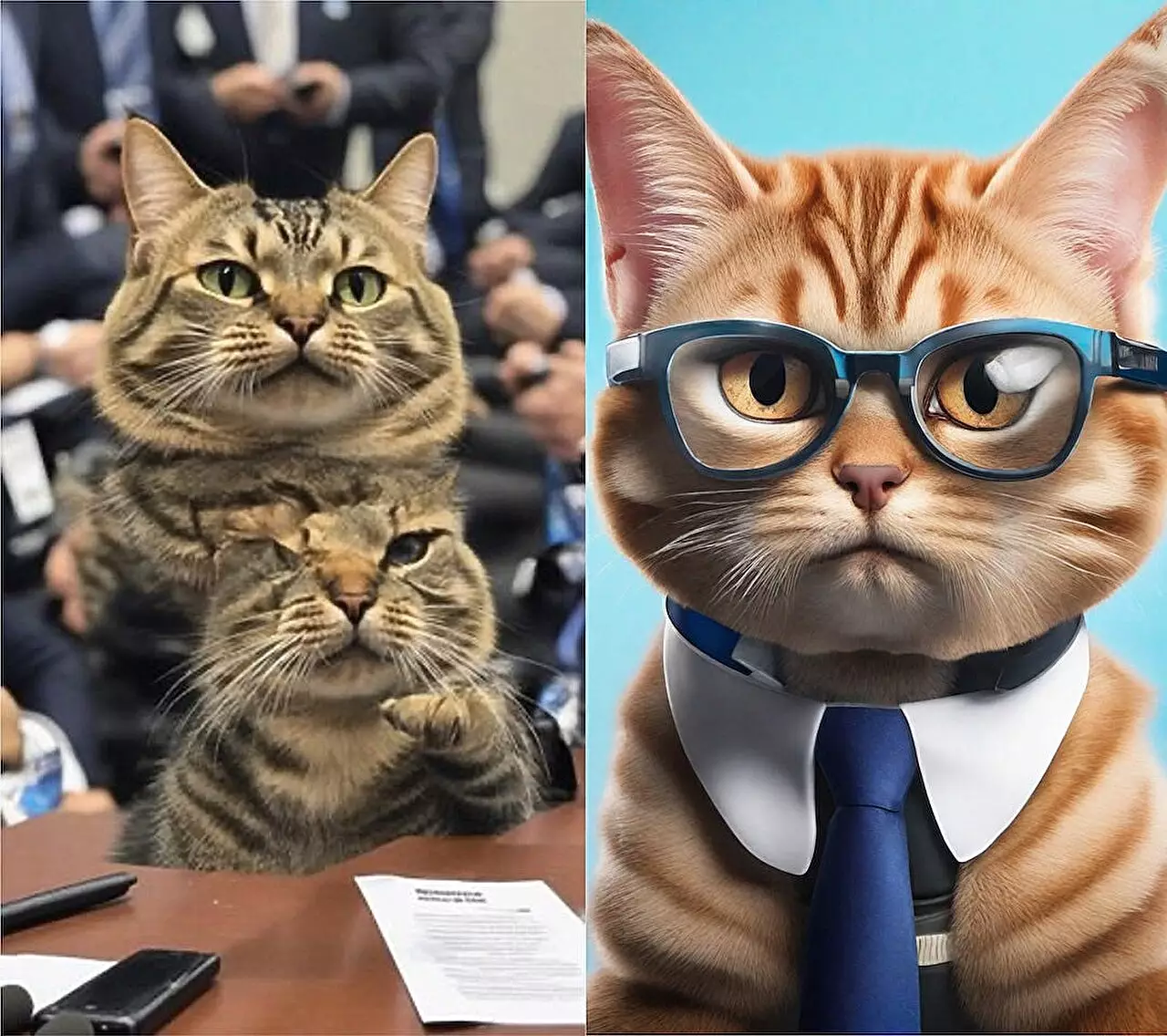Generative artificial intelligence (AI) has made remarkable strides in recent years, particularly in the realm of image creation. However, despite such advancements, these AI systems continue to face significant challenges when it comes to producing consistent and high-quality images. One of the more notorious weaknesses of these models is their struggle with reproducing intricate details, such as fingers or facial symmetry, and inconsistencies when generating images in various sizes and aspect ratios. Fortunately, a new approach developed by researchers at Rice University presents a potential solution to these shortcomings by leveraging pre-trained diffusion models.
Diffusion models, such as Stable Diffusion, Midjourney, and DALL-E, harness a unique process involving the addition and removal of noise to generate images. Initially, these models are trained on a vast array of images wherein layers of noise are added, which are later stripped away to uncover a final image. While revolutionary, these models suffer from a limitation: they predominantly produce square images. This is a critical shortfall in an era where multi-dimensional displays, like smartphones and smartwatches, prevail.
When prompted to create an image with a different aspect ratio—such as the ubiquitous 16:9—these models often generate bizarre artifacts attributable to their repetitive nature. Users take note of these aberrations, frequently encountering odd distortions in the subject matter, such as individuals sporting extra fingers or bizarrely shaped vehicles. Such outcomes are not purely incidental; they’re rooted in a phenomenon called overfitting, where an AI model becomes excessively tailored to the training data, rendering it incapable of adapting to images outside its learned parameters.
Rice University doctoral student Moayed Haji Ali has articulated a groundbreaking new method known as ElasticDiffusion, aimed at overcoming the limitations posed by traditional diffusion models. Presented at the IEEE 2024 Conference on Computer Vision and Pattern Recognition, ElasticDiffusion seeks to delineate the differences between local detail signals and global context signals during the image creation process.
According to Haji Ali, the key to ElasticDiffusion lies in how information is processed. Traditional models combine pixel-level details with global image outlines in a way that leads to confusion when generating non-standard aspect ratios. ElasticDiffusion, however, adopts a dual-path approach, separating conditional and unconditional generation pathways. By retaining the global information distinctly from local detail, the model can significantly reduce the chances of repetitiveness, thus producing cleaner images.
Delving deeper into the technical intricacies of the ElasticDiffusion framework reveals a more sophisticated understanding of how image generation can be refined. Instead of entangling local and global information, this method allows the conditional model—which is responsible for the finer details—to work independently, while the unconditional model focuses on the overarching form and aspect ratio of the image. The novelty of this method is in its approach of processing the image in quadrants, filling in details progressively while ensuring that the global context remains intact.
This separation of signals allows for a higher level of precision in the generated image, effectively mitigating the distortions that are symptomatic of traditional models. In doing so, ElasticDiffusion not only enhances image quality but also enables flexibility in aspect ratios without requiring an extensive retraining of the model.
Despite its promise, ElasticDiffusion is not without its drawbacks. One significant trade-off identified by Haji Ali is processing speed. Currently, the ElasticDiffusion method requires significantly more time—approximately 6 to 9 times longer—compared to its predecessors. The goal is to optimize and eventually achieve comparable inference times with existing models like DALL-E or Stable Diffusion. Achieving this may lead to broader adoption of the technology, facilitating its potential to transform how we generate images across diverse platforms.
The implications of ElasticDiffusion extend beyond mere image generation; they could pave the way for advancements in various applications including digital art, gaming, and virtual reality. The hope is to construct a comprehensive framework that allows for adaptability across all aspect ratios at parity with existing processing speeds, thus unlocking the next frontier of generative AI.
ElasticDiffusion stands as a promising breakthrough in addressing the weaknesses of current generative models. As researchers continue to fine-tune this innovative method, the future of image generation appears brighter, less repetitive, and more accommodating of our multidimensional world. The intersection of technology and creativity is poised for transformative change, heralding a new era in the realm of artificial intelligence.


Leave a Reply